Herb garden at home – the very words conjure images of fragrant leaves, sun-drenched patios, and the delightful aroma of fresh basil wafting through the air. But did you know that cultivating your own little slice of herbal heaven is easier than you might think? For centuries, cultures around the globe have cherished herb gardens, not just for their culinary contributions, but also for their medicinal and aromatic properties. From ancient Egyptians using herbs for healing to medieval monks tending their monastery gardens, the practice of growing herbs is steeped in history.
Let’s face it, those pre-packaged herbs from the grocery store just don’t compare to the vibrant flavor and freshness you get from your own backyard. Plus, with rising grocery costs, wouldn’t it be amazing to snip off exactly what you need, right when you need it? That’s where this DIY guide comes in! I’m going to share some simple yet effective tricks and hacks to help you create a thriving herb garden at home, no matter how small your space or how green your thumb currently is. Get ready to unlock the secrets to growing delicious, aromatic herbs that will elevate your cooking and bring a touch of nature right to your doorstep. Let’s get started!
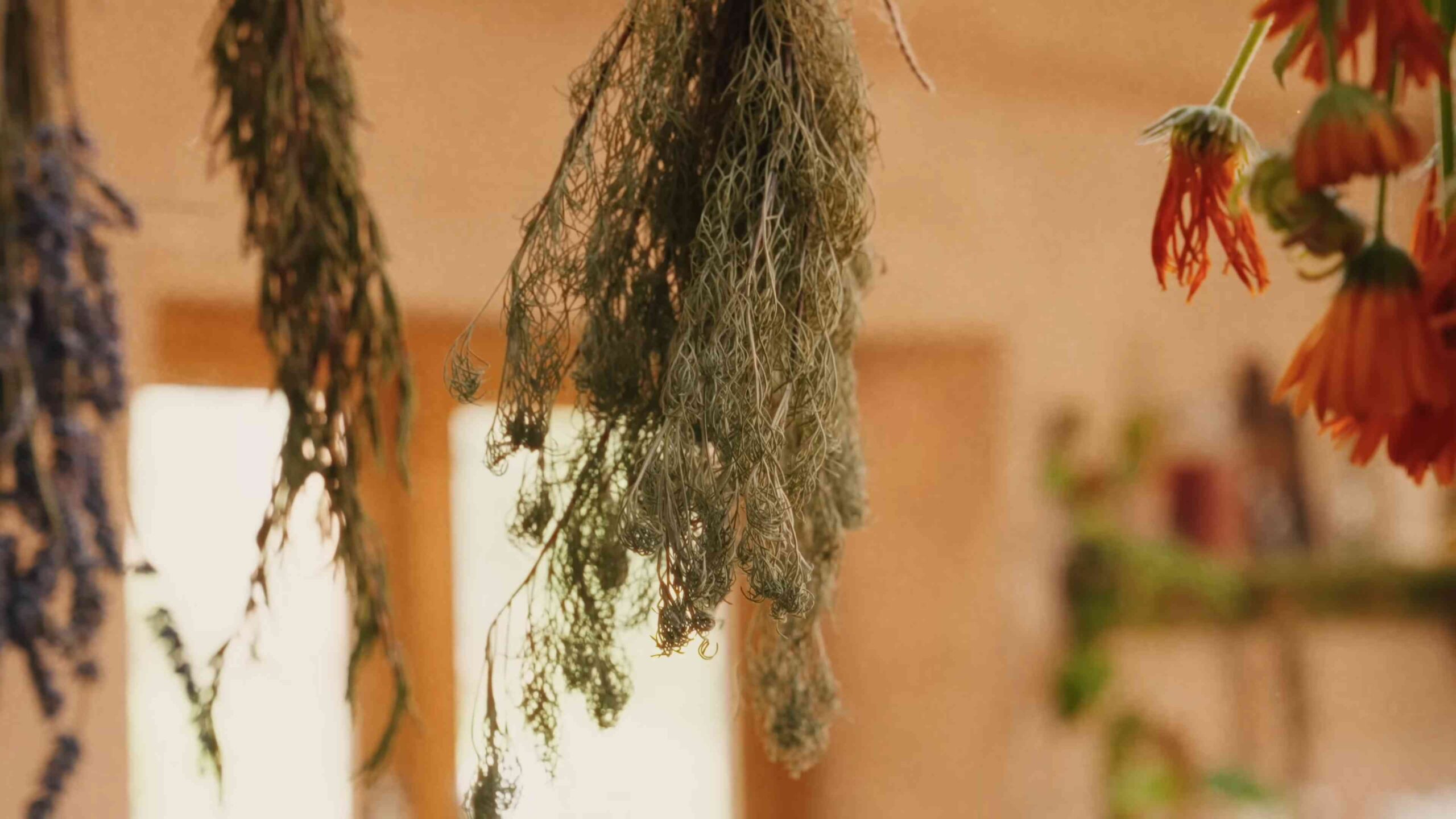
Creating Your Dream DIY Herb Garden: A Step-by-Step Guide
Hey there, fellow plant enthusiasts! I’m so excited to share my experience with creating a thriving herb garden right at home. It’s easier than you think, and the reward of fresh, flavorful herbs at your fingertips is absolutely worth it. This guide will walk you through every step, from planning to planting to enjoying your homegrown bounty. Let’s get our hands dirty!
Planning Your Herb Garden
Before you even think about digging, a little planning goes a long way. Consider these factors to ensure your herb garden is a success:
* Sunlight: Most herbs need at least 6 hours of sunlight per day. Observe your chosen location throughout the day to see how much sun it receives. South-facing areas are generally the sunniest.
* Space: How much space do you have available? You can grow herbs in containers, raised beds, or directly in the ground. Consider the mature size of the herbs you want to grow. Mint, for example, is notorious for spreading, so it’s best contained.
* Soil: Herbs generally prefer well-draining soil. If your soil is heavy clay, you’ll need to amend it with compost or other organic matter.
* Water: Access to water is crucial. Choose a location that’s easy to water, or consider installing a drip irrigation system.
* Herb Selection: Choose herbs that you actually use in your cooking! There’s no point in growing something you’ll never eat. Consider your climate and choose herbs that are well-suited to your region. Some popular choices include basil, rosemary, thyme, oregano, mint, chives, and parsley.
* Container or Ground?: Decide whether you’ll be planting in containers or directly into the ground. Containers are great for small spaces and allow you to move your herbs around as needed. Ground planting allows for more root growth and can be easier to maintain in the long run.
* Drainage: Ensure your chosen location or containers have good drainage. Herbs don’t like to sit in soggy soil.
Materials You’ll Need
Gathering your materials beforehand will make the planting process much smoother. Here’s a list of what you’ll likely need:
* Herb seeds or seedlings
* Potting soil (for containers) or garden soil (for ground planting)
* Compost or other organic matter
* Containers (if using)
* Trowel or garden spade
* Watering can or hose
* Gardening gloves
* Labels (to identify your herbs)
* Optional: Fertilizer, mulch
Step-by-Step Planting Guide
Now for the fun part – planting! Follow these steps to create your herb garden:
1. Prepare the Soil: If you’re planting in containers, fill them with high-quality potting soil. If you’re planting in the ground, amend the soil with compost or other organic matter to improve drainage and fertility. Dig the soil to a depth of at least 12 inches and remove any rocks or debris.
2. Planting Seeds: If you’re starting from seeds, follow the instructions on the seed packet for planting depth and spacing. Gently press the seeds into the soil and cover them with a thin layer of soil. Water gently to avoid disturbing the seeds.
3. Planting Seedlings: If you’re using seedlings, gently remove them from their containers. Loosen the roots slightly and plant them in the prepared soil. Make sure the top of the root ball is level with the surrounding soil. Space the seedlings according to their mature size.
4. Water Thoroughly: After planting, water your herbs thoroughly. This will help settle the soil and encourage root growth.
5. Label Your Herbs: Use labels to identify your herbs. This will help you remember what you planted and prevent you from accidentally pulling out the wrong plant.
6. Mulch (Optional): Apply a layer of mulch around your herbs to help retain moisture, suppress weeds, and regulate soil temperature. Straw, wood chips, or shredded bark are all good options.
Caring for Your Herb Garden
Once your herbs are planted, it’s important to provide them with the care they need to thrive.
* Watering: Water your herbs regularly, especially during dry periods. Water deeply but infrequently, allowing the soil to dry out slightly between waterings. Avoid overwatering, which can lead to root rot.
* Fertilizing: Herbs generally don’t need a lot of fertilizer. However, you can give them a light feeding of a balanced fertilizer every few weeks to promote growth.
* Pruning: Prune your herbs regularly to encourage bushier growth and prevent them from becoming leggy. Pinch off the tips of the stems to promote branching.
* Harvesting: Harvest your herbs regularly to encourage continued growth. Snip off leaves or stems as needed. The more you harvest, the more your herbs will produce.
* Pest and Disease Control: Keep an eye out for pests and diseases. If you notice any problems, take action immediately. Insecticidal soap or neem oil can be used to control many common pests. Ensure good air circulation to prevent fungal diseases.
* Overwintering: Some herbs, like rosemary and thyme, are perennial and will survive the winter in mild climates. Others, like basil, are annuals and will need to be replanted each year. You can overwinter tender herbs indoors by bringing them inside before the first frost. Place them in a sunny location and water them sparingly.
Specific Herb Care Tips
Here are some specific tips for caring for some popular herbs:
* Basil: Basil loves warm weather and plenty of sunshine. Water regularly and fertilize every few weeks. Pinch off the flower buds to encourage leaf production.
* Rosemary: Rosemary is a drought-tolerant herb that prefers well-draining soil. Water sparingly and avoid overwatering. Prune regularly to maintain its shape.
* Thyme: Thyme is another drought-tolerant herb that prefers well-draining soil. Water sparingly and prune after flowering.
* Oregano: Oregano is a hardy herb that can tolerate a wide range of conditions. Water regularly and prune after flowering.
* Mint: Mint is a vigorous grower that can quickly spread if not contained. Plant it in a container to prevent it from taking over your garden. Water regularly and prune frequently.
* Chives: Chives are easy to grow and can tolerate a wide range of conditions. Water regularly and cut back the foliage after flowering.
* Parsley: Parsley prefers moist, well-draining soil. Water regularly and fertilize every few weeks.
Troubleshooting Common Problems
Even with the best care, you may encounter some problems with your herb garden. Here are some common issues and how to address them:
* Yellowing Leaves: Yellowing leaves can be a sign of overwatering, underwatering, or nutrient deficiency. Check the soil moisture and adjust your watering schedule accordingly. If the soil is dry, water deeply. If the soil is soggy, allow it to dry out before watering again. If the problem persists, fertilize your herbs with a balanced fertilizer.
* Leggy Growth: Leggy growth is a sign that your herbs aren’t getting enough sunlight. Move them to a sunnier location or provide supplemental lighting.
* Pests: Common herb pests include aphids, spider mites, and whiteflies. Insecticidal soap or neem oil can be used to control these pests.
* Diseases: Common herb diseases include powdery mildew and root rot. Ensure good air circulation to prevent fungal diseases. Avoid overwatering to prevent root rot.
Harvesting and Using Your Herbs
The best part of growing your own herbs is being able to harvest them and use them in your cooking!
* When to Harvest: Harvest your herbs when they are at their peak flavor. This is usually in the morning, after the dew has dried.
* How to Harvest: Snip off leaves or stems as needed. Use sharp scissors or pruning shears to avoid damaging the plant.
* Using Fresh Herbs: Fresh herbs can be used in a variety of dishes, including salads, soups, sauces, and marinades. Add them at the end of cooking to preserve their flavor.
* Drying Herbs: You can dry your herbs to preserve them for later use. Hang them upside down in a cool, dry place or use a dehydrator.
* Freezing Herbs: You can also freeze your herbs. Chop them up and freeze them in ice cube trays with water or olive oil.
Enjoying Your Herb Garden
Creating your own herb garden is a rewarding experience that will provide you with fresh, flavorful herbs for years to come. Enjoy the process of planting, caring for, and harvesting your herbs. Experiment with different varieties and find the ones that you love the most. And don’t be afraid to get creative with your cooking!
I hope this guide has been helpful. Happy gardening!
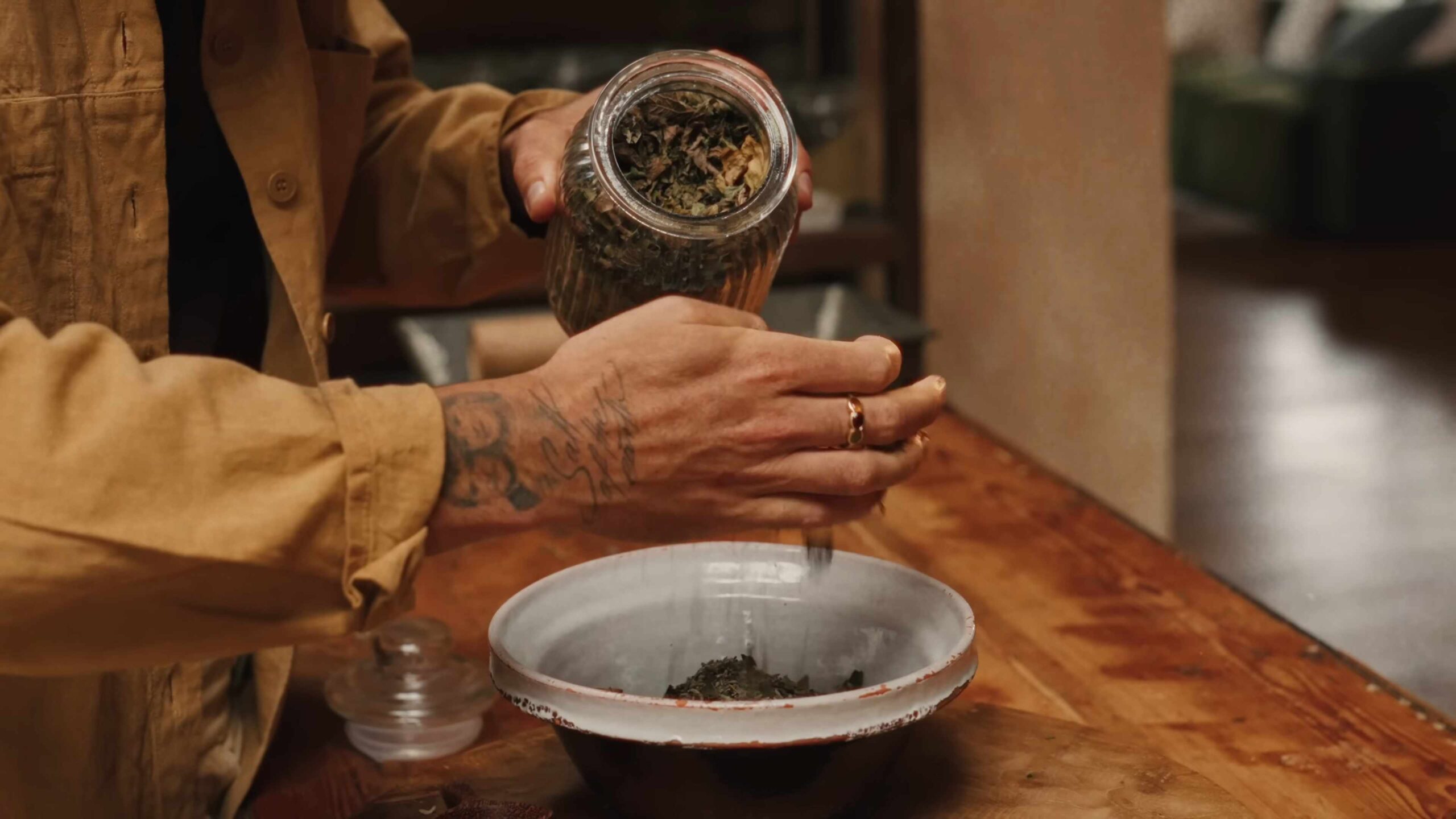
Conclusion
So, there you have it! Creating your own herb garden at home isn’t just a fun project; it’s a gateway to fresher, more flavorful meals, a healthier lifestyle, and a deeper connection with nature. Forget those wilted, overpriced herbs from the grocery store. Imagine stepping outside your door and snipping exactly what you need, bursting with aroma and vitality. This DIY trick is a game-changer for any home cook, regardless of experience level.
Why is this a must-try? Because it empowers you to control the quality and variety of your herbs. You know exactly where they came from, how they were grown (organically, if you choose!), and that they’re at their peak freshness. Plus, it’s incredibly rewarding to nurture something from seed (or seedling) to table. The satisfaction of using your own homegrown herbs in a dish is unparalleled.
But the benefits don’t stop there. A thriving herb garden adds beauty and fragrance to your home, attracting pollinators like bees and butterflies. It’s a sustainable practice that reduces your carbon footprint by eliminating the need for transportation and packaging. And, let’s be honest, it’s a fantastic conversation starter!
Looking for variations? Consider a vertical herb garden if you’re short on space. Use repurposed pallets or hanging planters to maximize your growing area. Experiment with different container materials, from terracotta pots to upcycled tin cans. For a truly unique touch, create a themed herb garden, such as an Italian herb garden with basil, oregano, and thyme, or a medicinal herb garden with chamomile, lavender, and mint. You can even try companion planting, pairing herbs with vegetables to deter pests and improve growth. For example, basil is known to repel insects that bother tomatoes.
Don’t be afraid to get creative and personalize your herb garden to suit your taste and lifestyle. The possibilities are endless!
We wholeheartedly encourage you to give this DIY herb garden at home a try. It’s easier than you think, and the rewards are immeasurable. Start small, learn as you go, and most importantly, have fun!
Once you’ve embarked on your herb-growing journey, we’d love to hear about your experience. Share your photos, tips, and challenges in the comments below. Let’s build a community of herb enthusiasts and inspire others to discover the joy of growing their own fresh herbs. What are you waiting for? Get your hands dirty and start creating your own little slice of herbal heaven today!
FAQ
What are the best herbs to start with for a beginner?
Starting with easy-to-grow herbs is key to building confidence and avoiding early frustration. Some excellent choices for beginners include:
* **Basil:** A culinary staple that thrives in warm weather and requires minimal care. Pinch off the flower buds to encourage leaf production.
* **Mint:** Known for its vigorous growth, mint is best grown in containers to prevent it from taking over your garden. There are many varieties to choose from, from peppermint to spearmint.
* **Chives:** A hardy perennial that adds a mild onion flavor to dishes. Simply snip off the leaves as needed.
* **Parsley:** Available in curly and flat-leaf varieties, parsley is a versatile herb that’s easy to grow from seed.
* **Oregano:** A Mediterranean herb that prefers well-drained soil and plenty of sunshine. It’s relatively drought-tolerant once established.
* **Thyme:** Another low-maintenance herb that thrives in sunny locations. It’s perfect for adding flavor to soups, stews, and roasted meats.
These herbs are generally forgiving and can tolerate a range of conditions, making them ideal for novice gardeners.
How much sunlight do herbs need?
Most herbs require at least six hours of direct sunlight per day to thrive. However, some herbs, such as mint and parsley, can tolerate partial shade. If you’re growing herbs indoors, place them near a sunny window or supplement with grow lights. Insufficient sunlight can lead to leggy growth and reduced flavor.
What kind of soil is best for herbs?
Well-draining soil is essential for healthy herb growth. Herbs don’t like to sit in soggy soil, which can lead to root rot. A good potting mix for herbs should be light and airy, with a mix of peat moss, perlite, and vermiculite. You can also amend your garden soil with compost or other organic matter to improve drainage and fertility.
How often should I water my herbs?
The watering frequency will depend on the type of herb, the climate, and the soil. As a general rule, water your herbs when the top inch of soil feels dry to the touch. Avoid overwatering, as this can lead to root rot. Herbs grown in containers will typically need to be watered more frequently than those grown in the ground. During hot, dry weather, you may need to water your herbs daily.
Do I need to fertilize my herbs?
Herbs generally don’t require heavy fertilization. In fact, too much fertilizer can actually reduce their flavor. A light feeding with a balanced organic fertilizer in the spring is usually sufficient. Avoid using synthetic fertilizers, as they can burn the roots and negatively impact the flavor of your herbs.
How do I harvest herbs?
Harvesting herbs regularly encourages new growth and keeps them from becoming leggy. Use sharp scissors or pruning shears to snip off the leaves or stems. For leafy herbs like basil and mint, pinch off the top growth to encourage branching. For herbs like thyme and oregano, cut back the stems by about one-third. Harvest herbs in the morning, after the dew has dried, for the best flavor.
How do I dry herbs?
Drying herbs is a great way to preserve their flavor for later use. There are several methods for drying herbs, including:
* **Air drying:** Tie small bunches of herbs together and hang them upside down in a cool, dry, well-ventilated place.
* **Oven drying:** Spread the herbs in a single layer on a baking sheet and dry them in a low oven (around 170°F) for several hours.
* **Dehydrator:** Use a food dehydrator to dry the herbs according to the manufacturer’s instructions.
Once the herbs are completely dry, store them in airtight containers in a cool, dark place.
How do I deal with pests and diseases in my herb garden?
Prevention is key to minimizing pest and disease problems in your herb garden. Choose disease-resistant varieties, provide good air circulation, and avoid overwatering. If you do encounter pests, try using organic pest control methods, such as insecticidal soap or neem oil. For fungal diseases, try spraying with a copper fungicide.
Can I grow herbs indoors year-round?
Yes, you can grow herbs indoors year-round, provided you have adequate light and humidity. Place your herbs near a sunny window or supplement with grow lights. Maintain a consistent temperature and humidity level. Water regularly and fertilize lightly. With proper care, you can enjoy fresh herbs all year long.
What if I don’t have a garden? Can I still grow herbs?
Absolutely! One of the best things about herbs is that they are very happy to grow in containers. You can grow them on a windowsill, balcony, or patio. Just make sure to choose containers that are large enough to accommodate the roots of the herbs and provide good drainage. You can even create a beautiful and functional herb garden on a small apartment balcony.


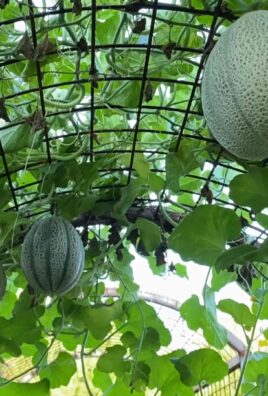
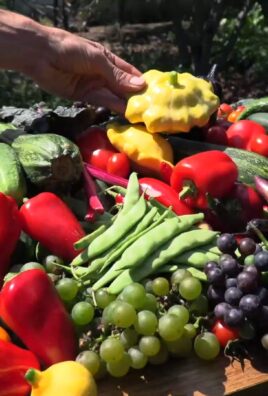
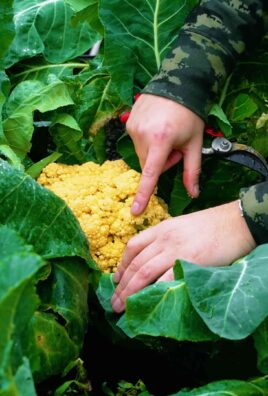
Leave a Comment